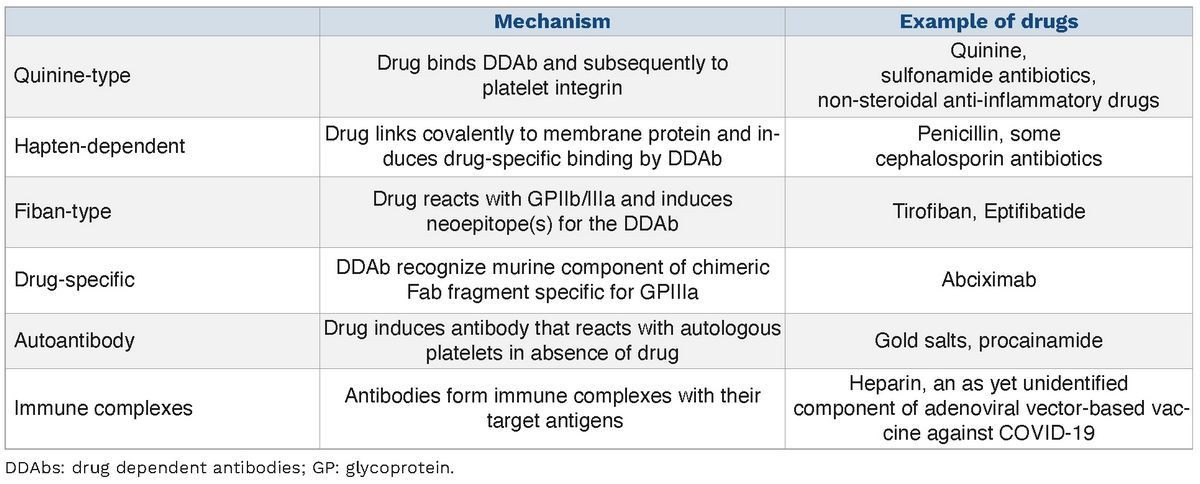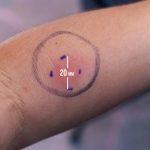
Contents
platelets
Platelets, also known as thrombocytes, are a component of blood, along with red and white blood cells, and plasma. Platelets are small cell fragments derived from megakaryocytes and help clot blood to stop bleeding and heal wounds.
Platelets can be transfused intravenously to treat thrombocytopenia, a condition with a low platelet count. Thrombocytopenia can increase the risk of bleeding and bruising. Platelet transfusions are given in various situations:
- Actively bleeding patient: Platelet count should be kept above 50,000/uL, and above 100,000/uL for central nervous system bleeding.
- Preparation for invasive procedure: Transfusion is given to patients with severe thrombocytopenia and high bleeding risk. Platelet thresholds vary based on the procedure.
- Prevention of spontaneous bleeding: Prophylactic transfusion is given to patients with platelet counts below 10,000/uL due to bone marrow suppression. Higher platelet thresholds are used for febrile or septic patients or those with acute promyelocytic leukemia.
There are two methods of collecting platelets:
- Isolating and pooling platelets from donated whole blood units
- Collecting platelets via apheresis directly from a donor
Apheresis selectively removes platelets, white cells, and plasma from a donor’s blood, with red blood cells and plasma infused back into the donor. Apheresis platelets have the advantage of exposure to only one donor and can be matched for blood type, HLA type, and CMV status.
Warnings
- Prophylactic transfusion is avoided in thrombocytopenic patients with pro-thrombotic blood disorders. It can increase the risk of thrombosis. Platelet transfusion may be given to actively bleeding patients or those undergoing invasive procedures. Conditions contraindicated for platelet transfusion include:
- Immune thrombocytopenia (ITP)
- Thrombotic thrombocytopenic purpura (TTP)
- Heparin-induced thrombocytopenia (HIT)
What are the side effects of platelets?
Common side effects of platelets include:
- Transfusion-transmitted infections and septic reactions
- Production of antibodies against donor platelets (alloimmunization)
- Hemolytic transfusion reactions
- Feverish (febrile) non-hemolytic reactions
- Transfusion-related acute lung injury (TRALI)
- Transfusion-associated graft-versus-host disease (TA-GVHD)
- Transfusion-associated circulatory overload (TACO)
- Allergic reactions such as:
- Hives (urticaria)
- Itching (pruritus)
- Wheezing
- Shortness of breath (dyspnea)
- Low blood pressure (hypotension)
- Swelling under the skin and mucous membrane (angioedema)
- Respiratory distress
- Shock
This is not a complete list of all side effects or adverse reactions that may occur. Call your doctor for medical advice about serious side effects or adverse reactions. You may also report side effects or health problems to the FDA at 1-800-FDA-1088.
What are the dosages of platelets?
Thrombocytopenia
Adult:
- A typical adult dose is 6 units of whole blood-derived (WBD) platelets or 1 unit of apheresis platelets.
- This is expected to raise the platelet count by 30,000-60,000/uL in a 70 kg patient.
Pediatric: Neonates and small children
- Transfusion of 5-10 mL/kg should raise the platelet count by 50,000-100,000/uL.
Children weighing more than 10 kg
- Transfusion of 1 unit of WBD platelets per 10 kg should raise the platelet count by 50,000/uL
Dosing considerations
- Transfused platelets have a short life span and may require re-dosing within 3-4 days if given for prophylaxis.
- Suboptimal increases may be seen due to non-immune destruction or immune refractoriness. The corrected count increment (CCI) can help determine if the response is truly suboptimal based on the amount of platelets transfused compared to body surface area.
- The CCI can also assist in determining whether the response is due to immune refractoriness or non-immune causes.
Other Indications and Uses
- Platelet transfusions may be given for thrombocytopenia or platelet dysfunction to treat active platelet-related bleeding or as prophylaxis in those at serious risk of bleeding.
- Typical indications include leukemia, myelodysplasia, aplastic anemia, solid tumors, congenital or acquired/medication-induced platelet dysfunction, central nervous system trauma, and patients undergoing extracorporeal membrane oxygenation or cardiopulmonary bypass may also need platelet transfusion.
- Thresholds for transfusion due to thrombocytopenia have been controversial. However, it is generally accepted that a count of 50,000/uL is sufficient for most invasive procedures including most surgeries. Platelet counts of greater than 100,000/uL are recommended for ophthalmic and neurosurgery. Higher transfusion thresholds may be appropriate for patients with platelet dysfunction.
- Prophylactic platelet transfusions may be appropriate at 5,000-10,000/uL to prevent spontaneous bleeding in clinically stable patients.
What drugs interact with platelets?
Inform your doctor of all medications you are currently taking, who can advise you on any possible drug interactions. Never begin taking, suddenly discontinue, or change the dosage of any medication without your doctor’s recommendation.
- Platelets have no known interactions with other drugs.
The above drug interactions are not exhaustive. For more information, visit the RxList Drug Interaction Checker. Always inform your doctor, pharmacist, or healthcare provider about all your medications and keep a list of the information.
Pregnancy and breastfeeding
- Pregnant or breastfeeding women who are CMV-seronegative or have an unknown CMV status should use cytomegalovirus-seronegative or CMV reduced risk platelets.
- Rh-compatible platelets should be used to prevent anti-D formation in Rh negative women.
Summary
Platelets, also known as thrombocytes, are a component of blood, along with red and white blood cells, and plasma. Platelets can be transfused intravenously to treat thrombocytopenia, which is characterized by a low platelet count. Common side effects of platelets include transfusion-transmitted infections and septic reactions, alloimmunization, hemolytic transfusion reactions, feverish reactions, TRALI, TA-GVHD, TACO, and allergic reactions. Pregnant or breastfeeding women should consult their doctor.


